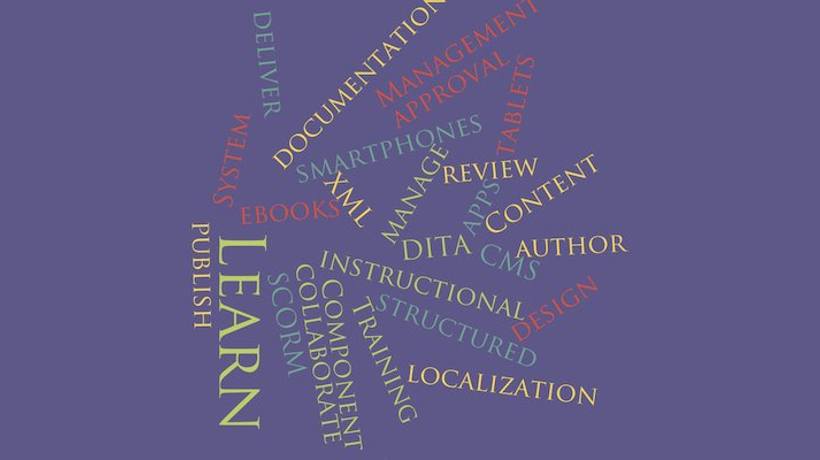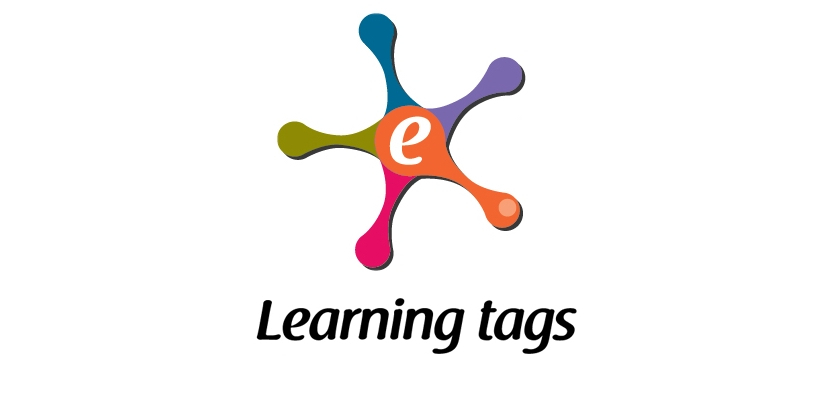What eLearning Pros Need To Know About The Use Of XML In eLearning
Extensible Markup Language, or XML, is often mistaken for HTML. In fact, many people think that it's the bigger and better version of the popular programming language. However, XML is used alongside HTML to describe the data. It allows you to simplify the eLearning course design process and separate your eLearning contents. In this article, I'll take a closer look at the difference between XML and HTML, and share the benefits of using XML in eLearning. I will also discuss the relationship between XML and XSD, before moving onto the future of XML in eLearning.
XML Vs. HTML
Extensible Markup Language (XML) is not a substitute for the ever-popular HTML. In fact, these two languages have two separate purposes. HTML displays your data and specifies how it appears on the screen, while XML describes the nature of the data. Another key difference is that HTML has predetermined tags. Programmers cannot change the structure and are only able to use tags that are part of that structure. On the other hand, programmers have the power to change the XML tags and structure.
3 Benefits Of Using XML In eLearning Course Development
1. Gives You The Power To Repurpose And Reuse eLearning Content
Since you are able to define XML tags, you have the opportunity to repurpose and reuse existing eLearning content, even if the document has been finalized. You see, HTML groups all of these elements together in one file and sets it in stone. It is also limited to a web browser. As a result, you must start from scratch each time you need to produce a new eLearning format. For example, how the eLearning content will be delivered to your online learners. Changing the layout also requires an entirely new document. However, it is much easier to alter the layout and format of an XML document. For instance, you can use the appropriate eXtensible language to create a Flash file. Then use another language to produce a PDF.
2. Allows For eLearning Personalization
XML is a descriptor and HTML dictates how eLearning content is displayed. As such, XML handles the structure and formatting separately. For example, you're able to define the delivery format of your document based on the structure you've chosen. When you use XML in conjunction with XSL, you can choose which content to display in which media sources. This gives you the power to render your eLearning content in a variety of different ways, depending on online learners' needs. Furthermore, XML allows you to deliver eLearning content to diverse audiences more rapidly.
3. Human AND Machine-Friendly
Let's be honest, HTML isn't the most user-friendly. It's made for machines, which makes it difficult to read if you aren't an experienced programmer. In contrast, XML is made for "semantic" content. It defines your eLearning content instead of setting the display parameters. You have the opportunity to define the markup in the document to describe its meaning. As a result, both humans and machines can read tagging language.
The Relationship Between XSD And XML
XSD Stands For XML Schema Definition
It defines the tags that you use in your XML document. XSD also outlines the rules that apply to those tags. You must write the schema definition in XML language so that it can uphold the predefined rules. In a nutshell, XSD allows eLearning professionals to set the structure. When it's time for eLearning developers to markup the document, they simply use the tags and follow the rules.
XML And The Future Of eLearning
HTML has been the industry standard for years… and it still is. But XML makes HTML more flexible, versatile, and user-friendly. It removes many of the limitations imposed by HTML by separating structure from format. eLearning professionals are now able to reuse and repurpose their eLearning content to provide more customized eLearning experiences. As for the future of XML in eLearning, all signs point to widespread use in eLearning design and development.
eLearning professionals will be able to improve productivity and allocate their resources more effectively. It allows them to set parameters for their collaborators to follow, which keeps everyone on the same page. eLearning team members with less programming experience don't have to worry about holding up the "production line." XML gives them the ability to use tags and the predefined structure to produce engaging eLearning courses. However, this all hinges on an effective schema definition or XSD and clearly defined learning objectives. Technology may be evolving, but the Instructional Design will never go out of style. Planning, organization, and research is still the foundation of effective coding.
Hopefully, you now have a general idea to get started. The first step is choosing the right tool and reading up on the XML development process. This markup language will play a prominent role in the future of eLearning. So, doing the research now is well worth the time and effort.
Now you know the basics of XML in eLearning. Want to learn more aboout HTML5 and its use in eLearning? Read the article 6 Benefits Of Using HTML5 In eLearning to discover the key benefits of using HTML5 that all eLearning professionals should know.








